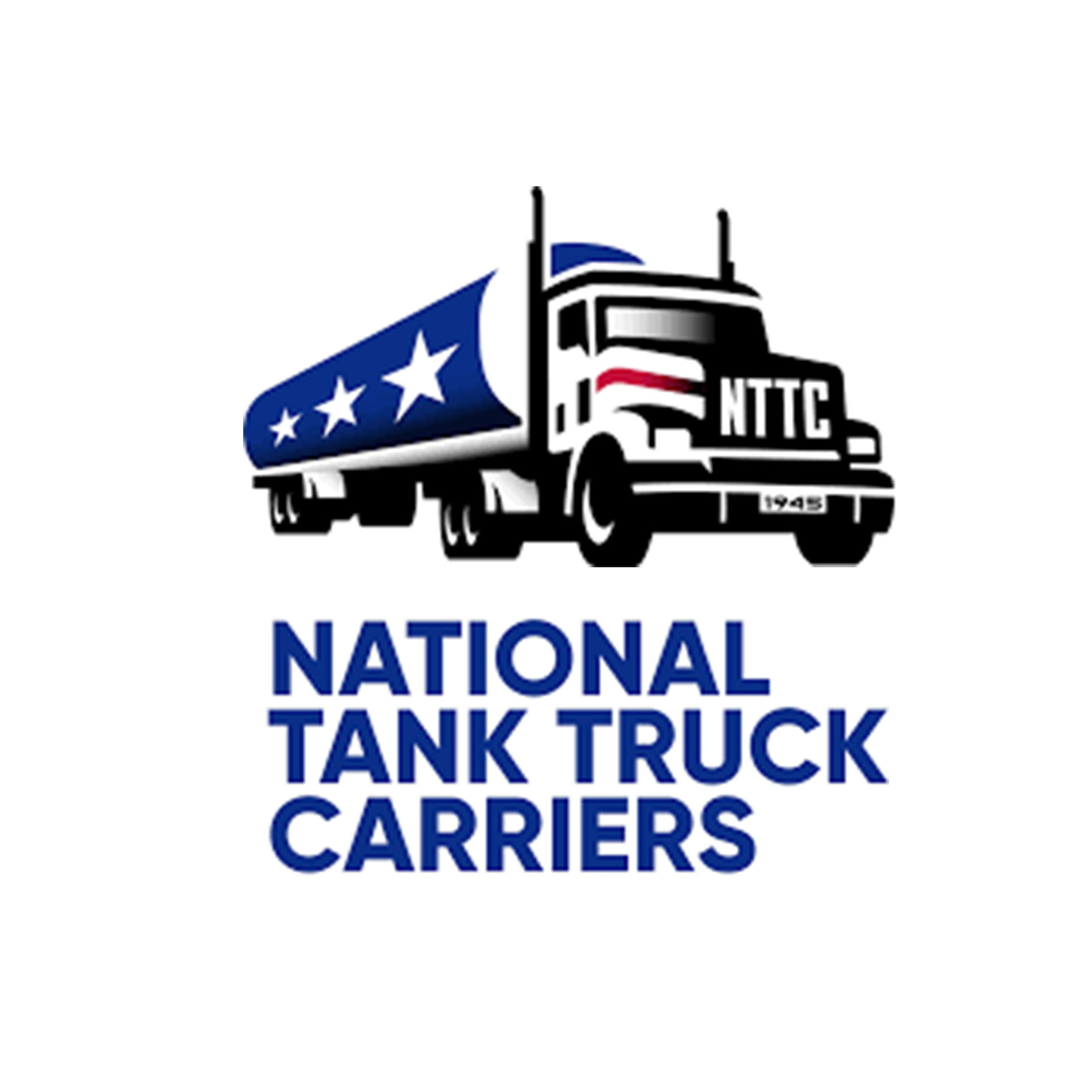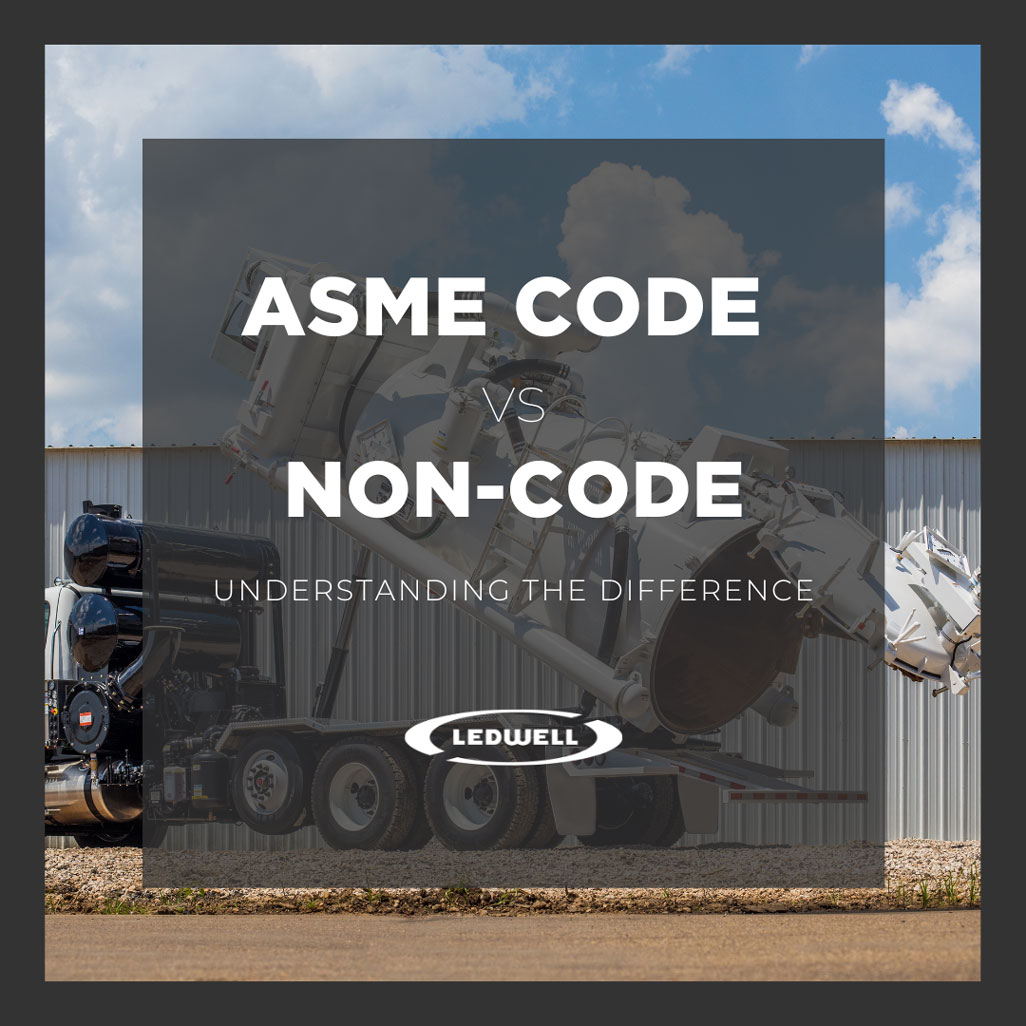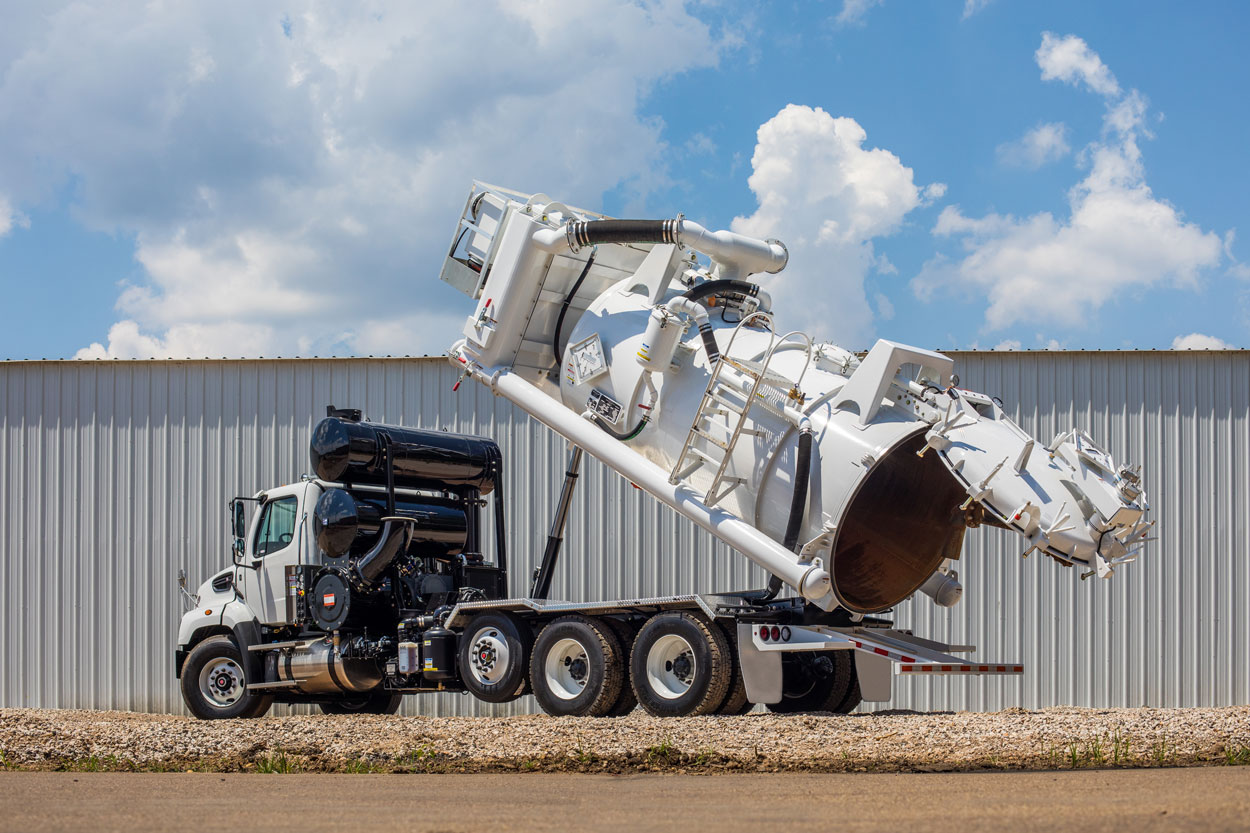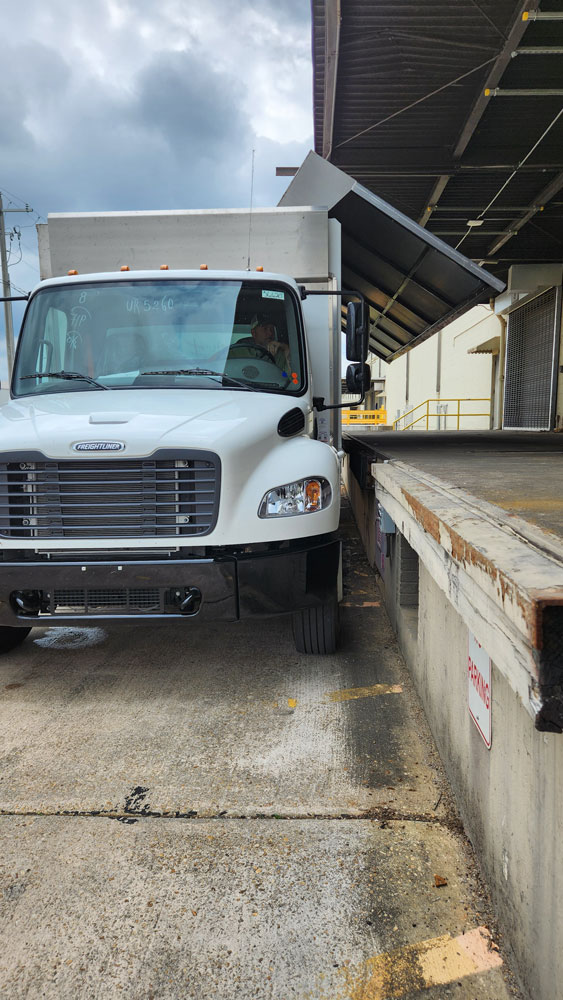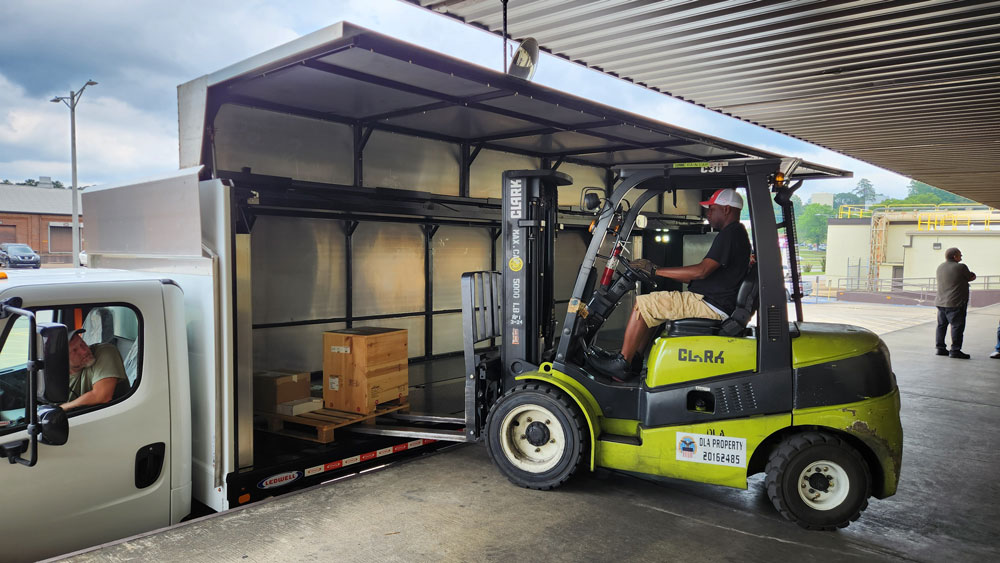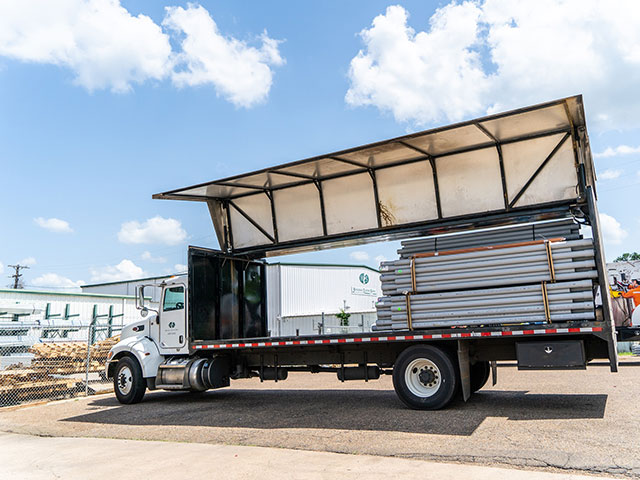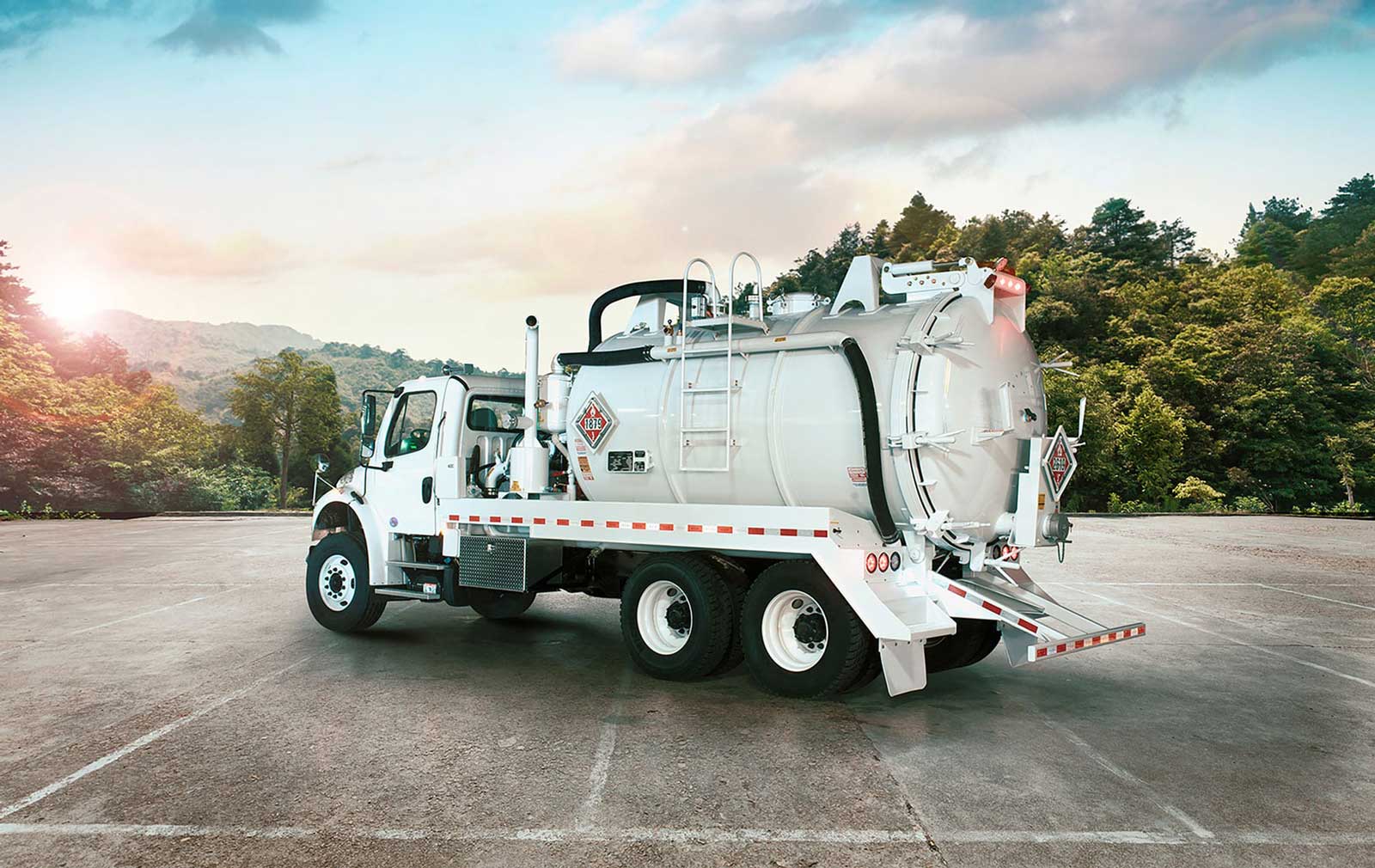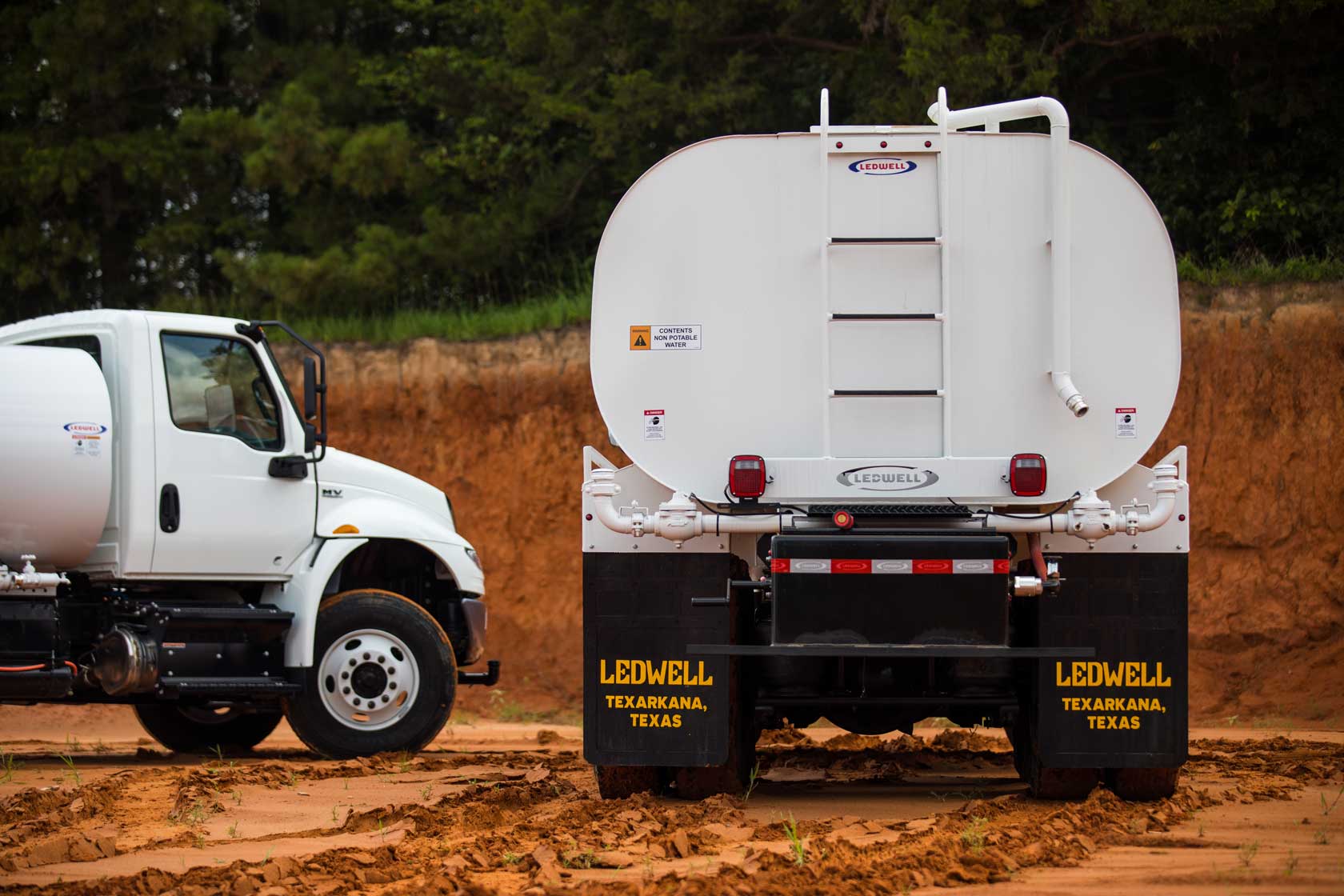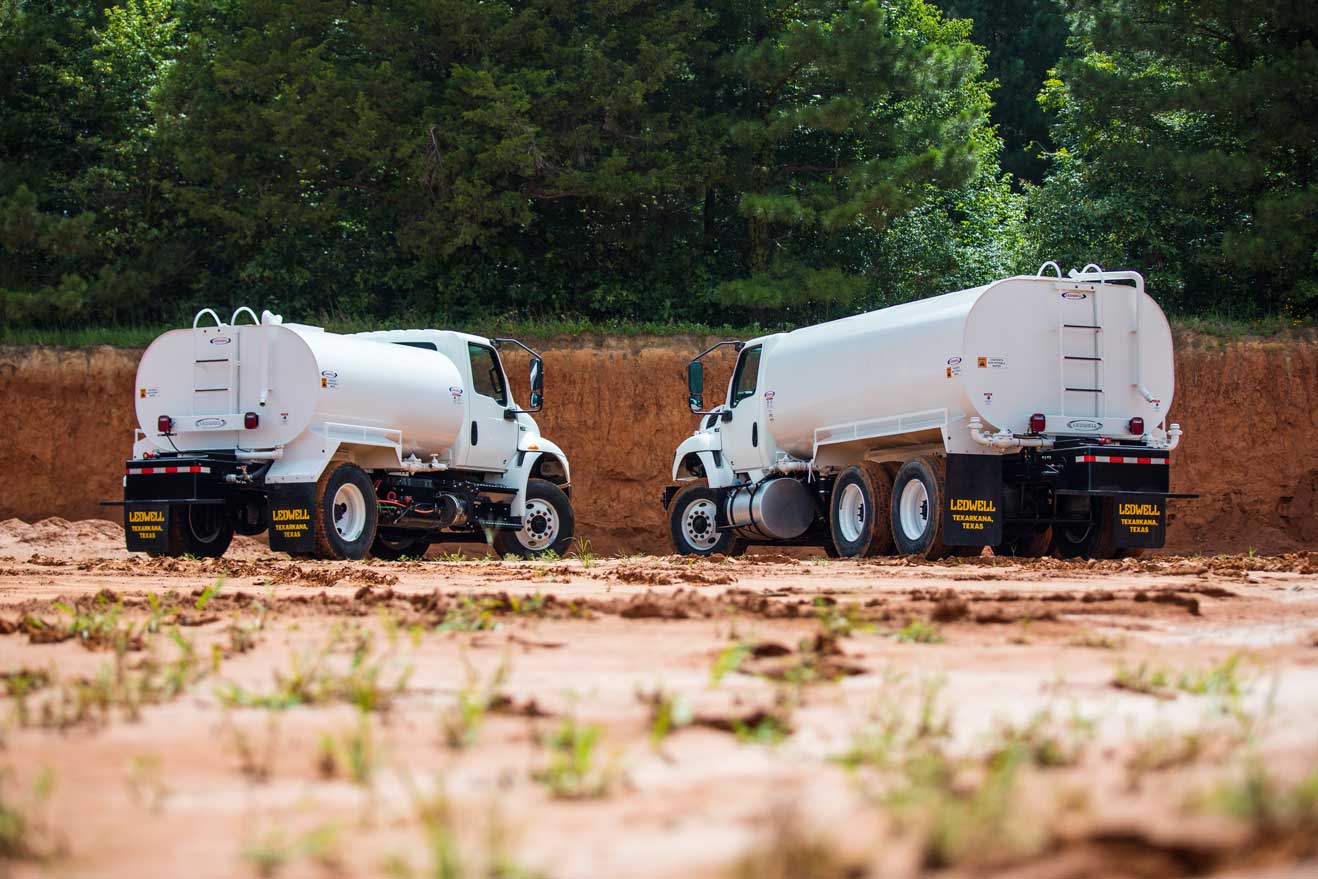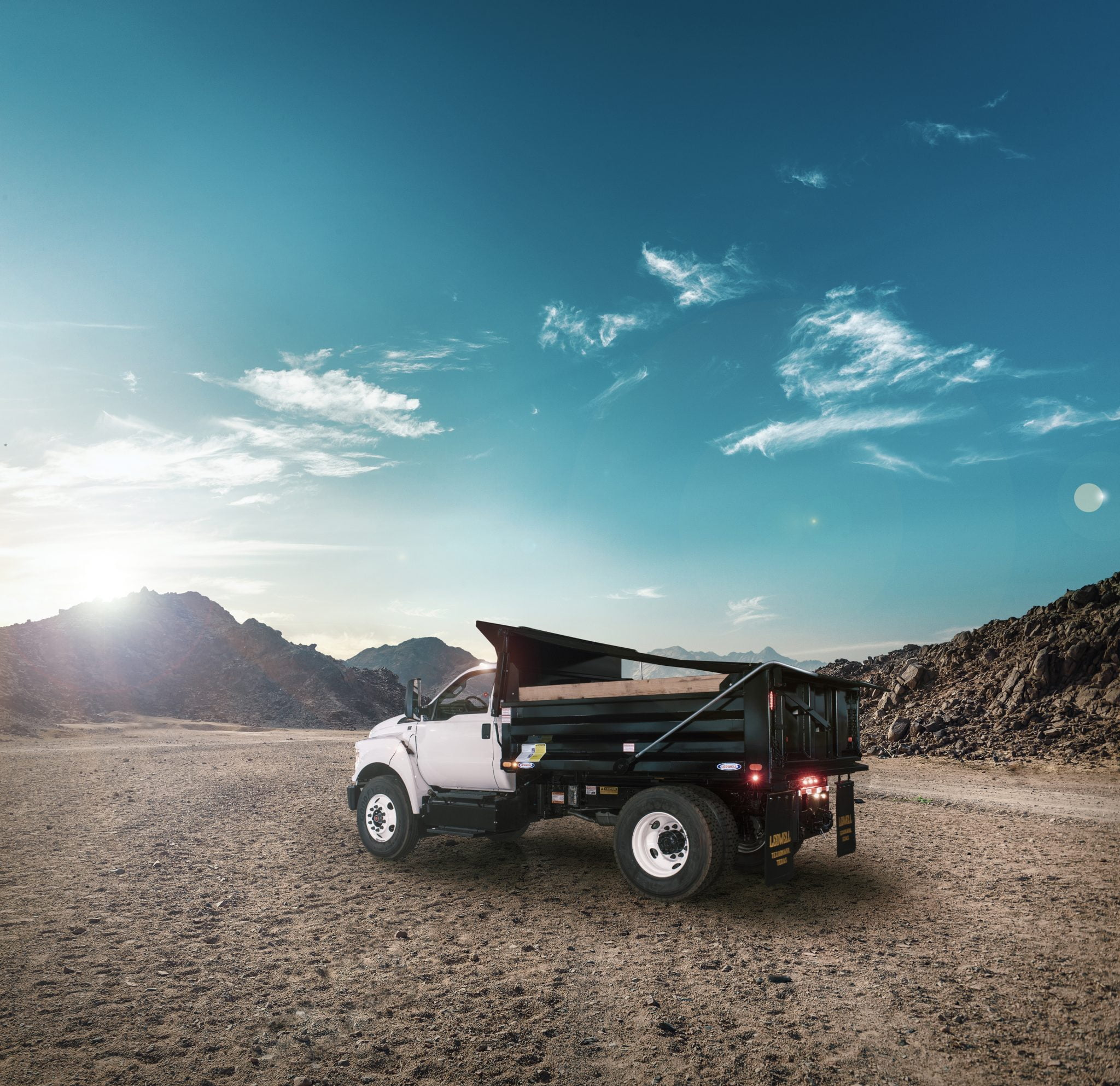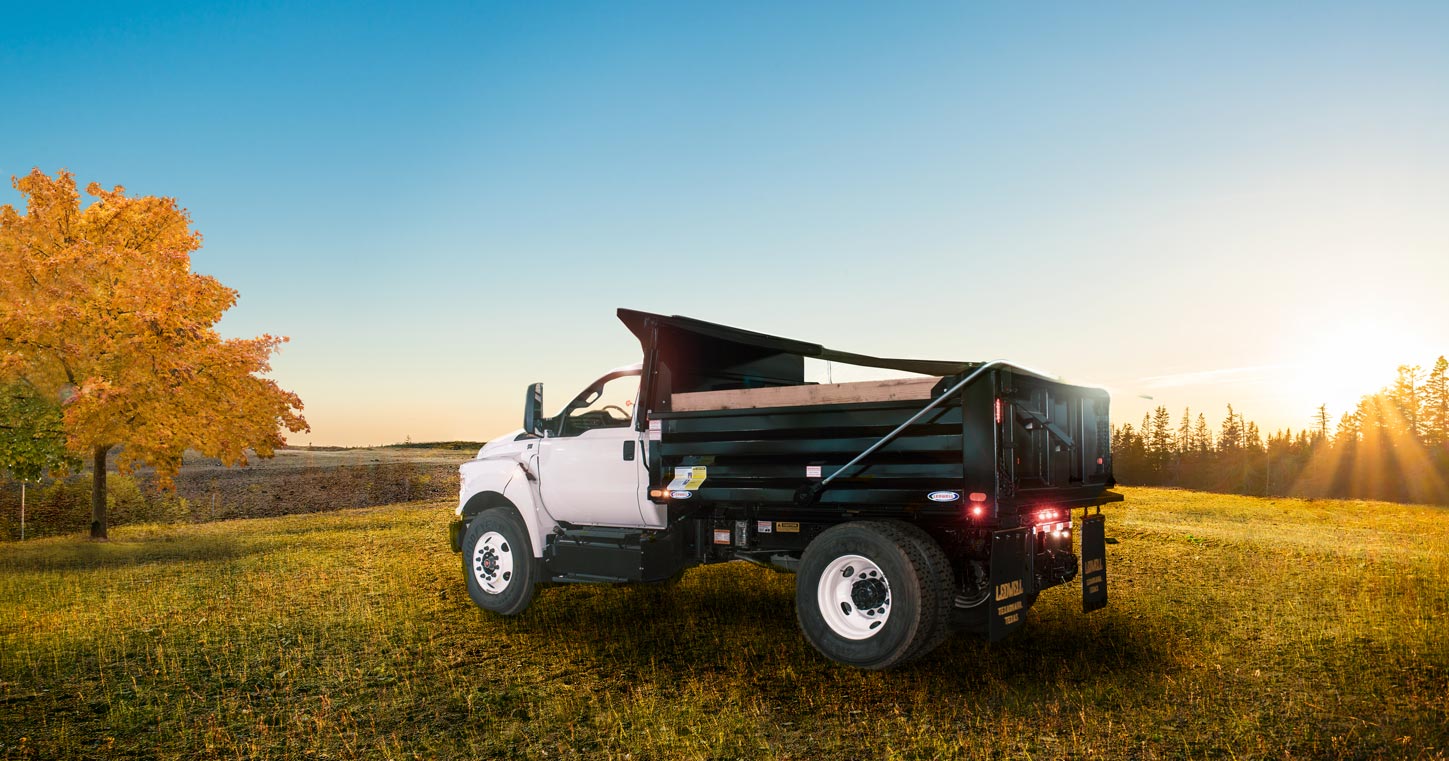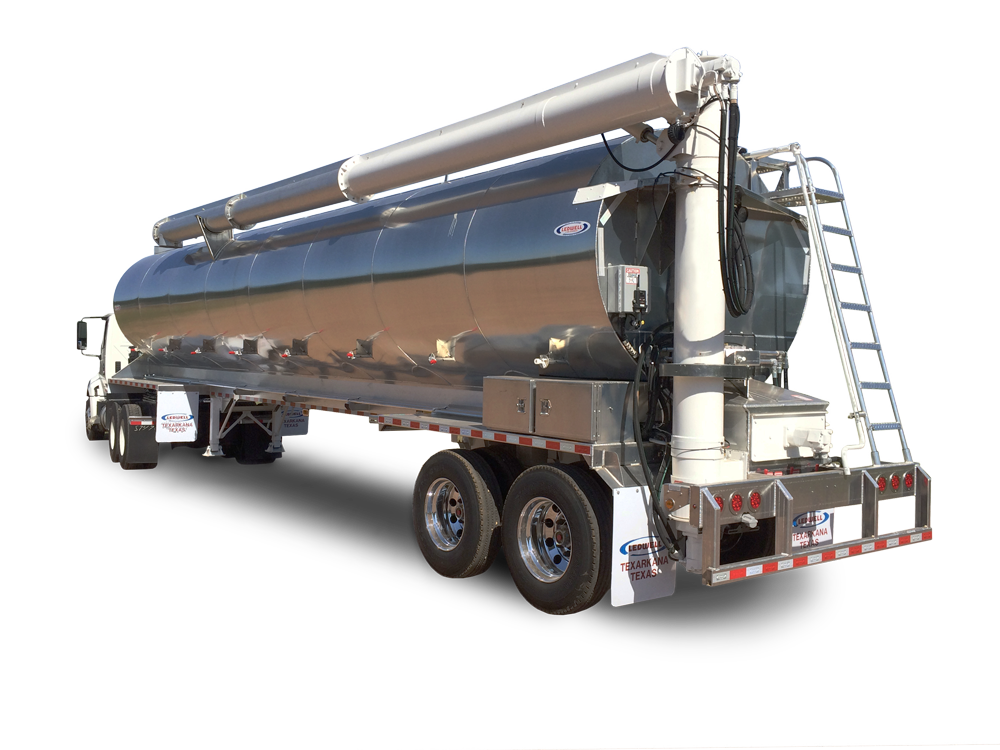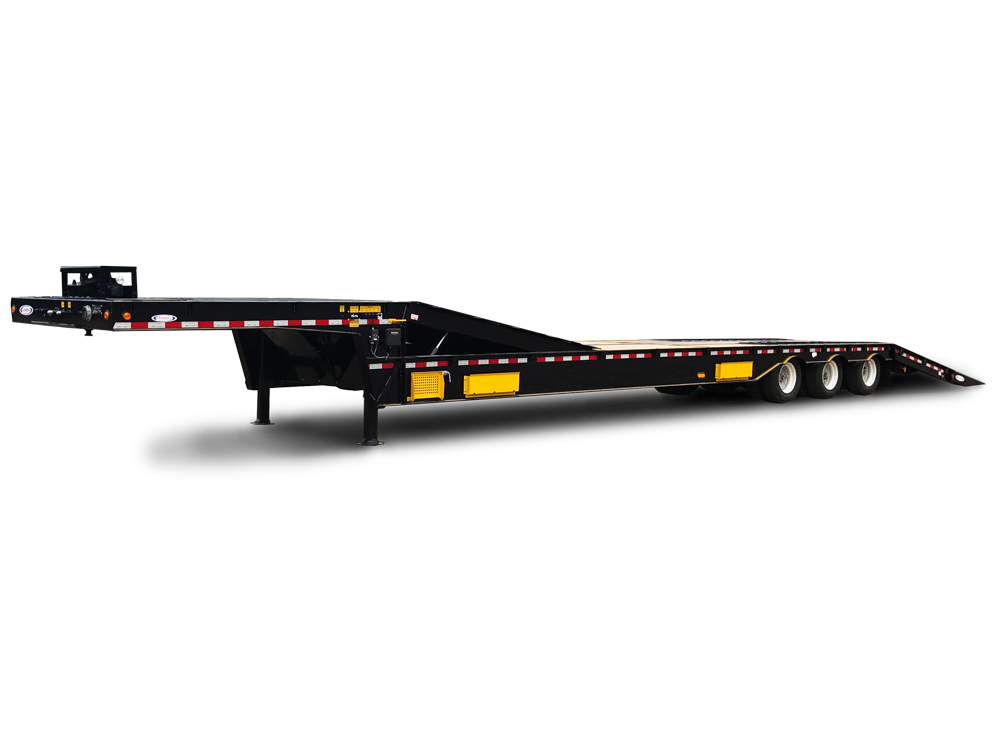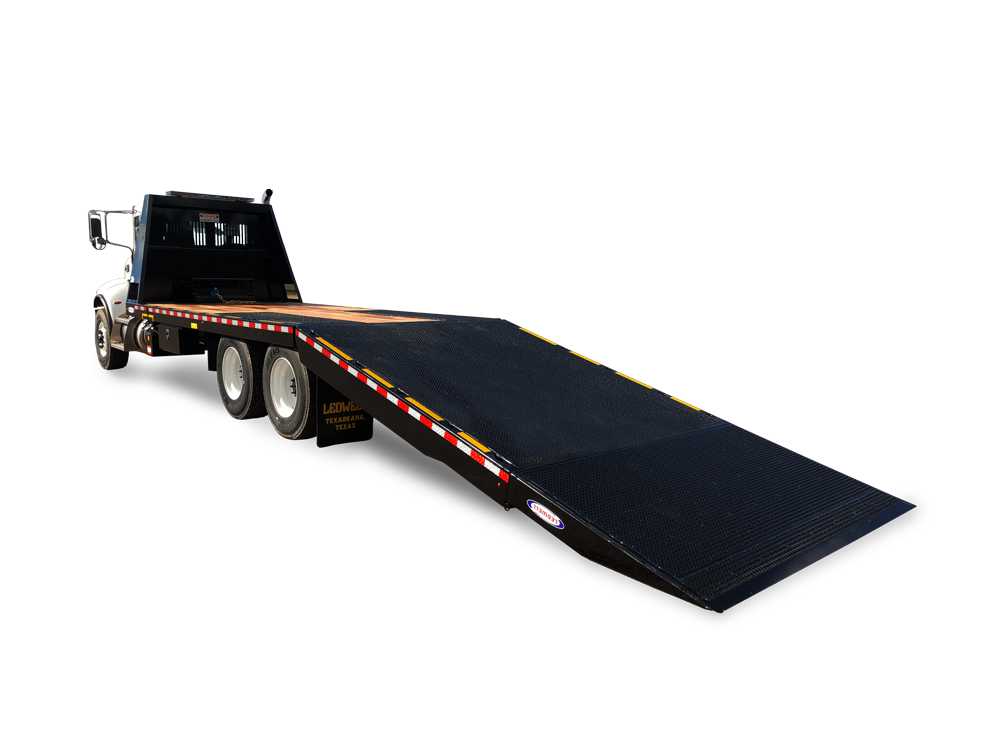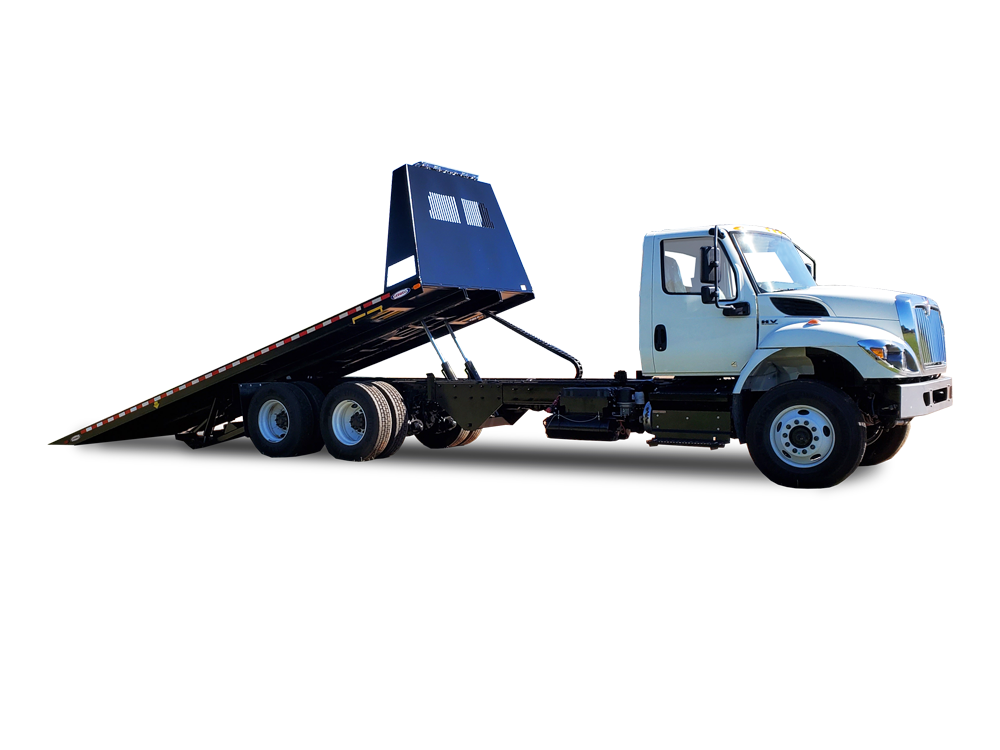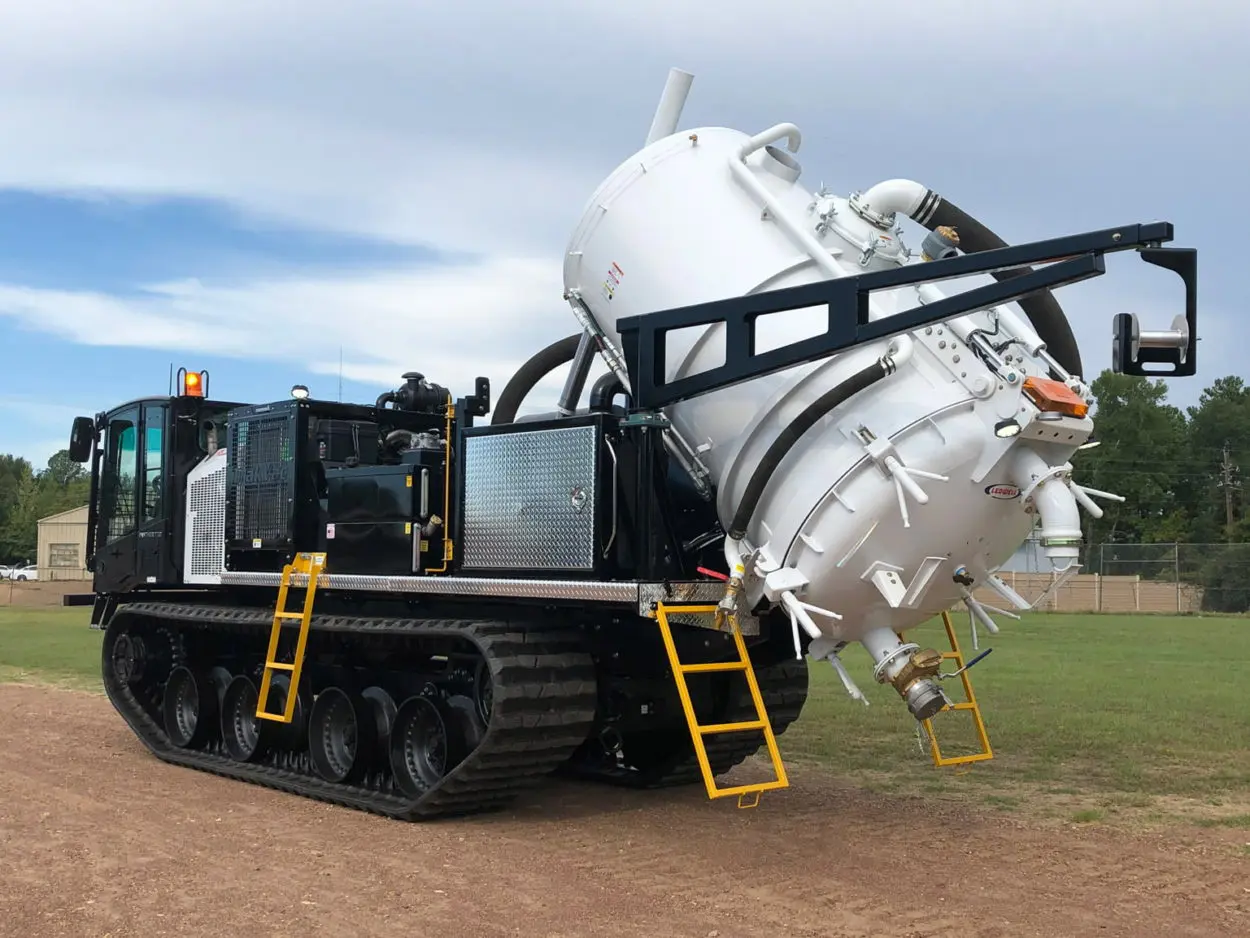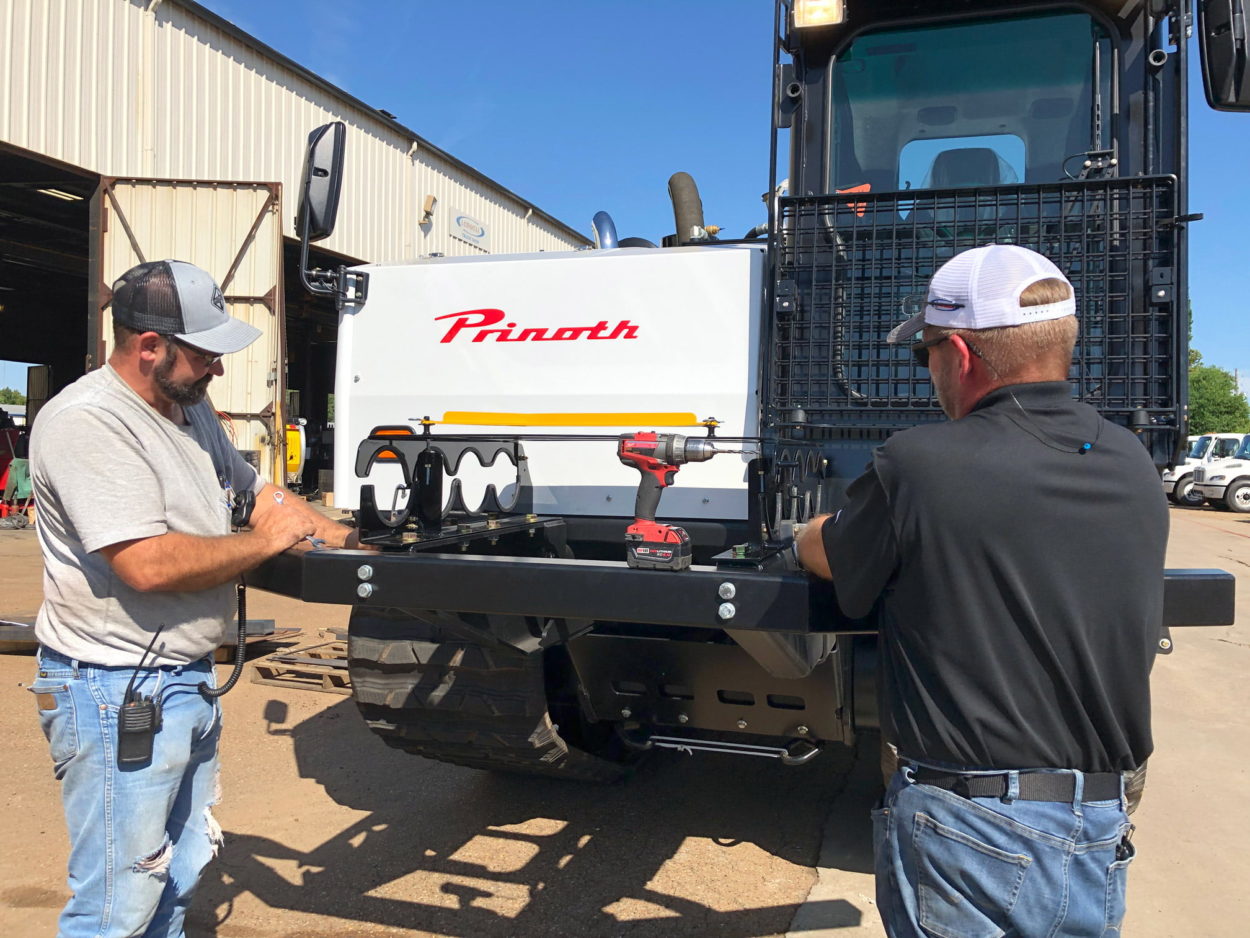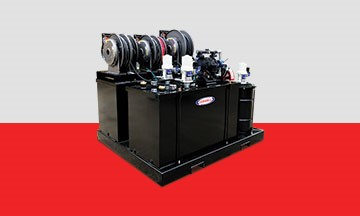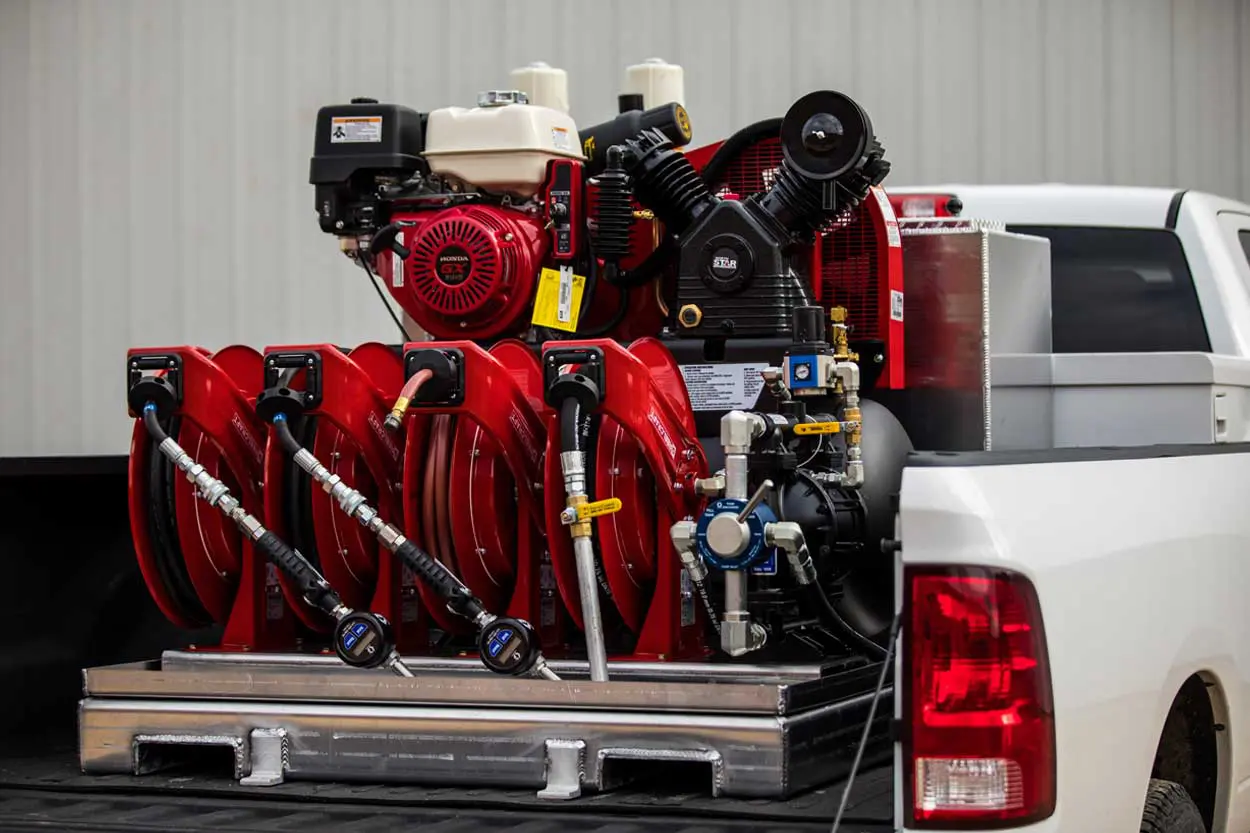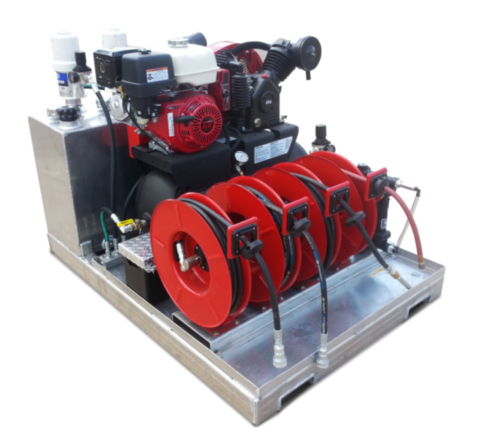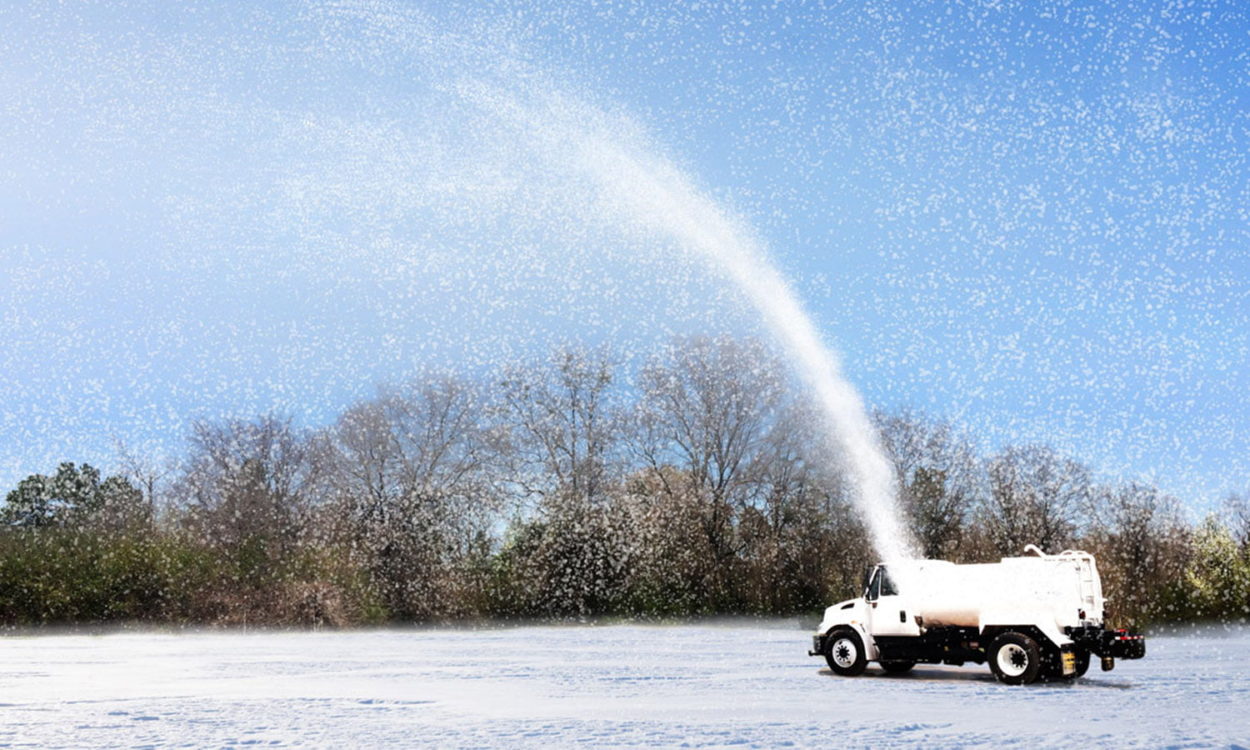The future is digital, and that includes how we keep track of equipment. Whether in the rental industry or construction, you want to know where your equipment is and how it’s performing. Rental Equipment Register put together a few industry experts’ tips on utilizing the most out of telematics and software.
What is telematics?
Telematics is a technology that monitors and gathers the logistics of a vehicle or an entire fleet. Telematics utilizes computer systems to collect data from various operation points, including location, driver behavior, fuel, and overall health.
Why should I consider using telematics?
There is always room for improvement, and we think these tips on telematics are just the way to help you do your job better.
1: Make the right IT investment decision:
says Loren Carlson, operations manager, Star Rentals. “Once made, it is very costly to rectify,” Carlson says. “Make sure you have a clear understanding of the pain points of the current system, or lack of system. Establish a clear understanding of what you intend to improve, and how you will measure success. The best way to do this is to solicit input from every level and area of the company.” Once completed, this serves as the basis for evaluating IT options and helps to keep the evaluation discussion focused.
2: Create an implementation roadmap:
Once the IT decision is made, invest time in configuring it before it’s rolled out, to make the user interface as intuitive as possible, says Carlson. “It may be capable of great things, but if users struggle to adapt to it, your returns will be delayed while you waste time and energy pushing users to use it. The same applies with back-end system integration. Creating an implementation Roadmap ahead of time will ensure you realize the benefits as quickly as possible.”
3: Focus on impact, not just ROI:
As you evaluate IT options, think about who and what will benefit from technology first, says Martin Roath of ZTR Control Systems. “Some benefits will be easy to quantify, while others may be more financially intangible,” Roath says. “For example, technology benefits could affect culture or customer experience in undeniable ways that are difficult to measure in dollars.”
4: Consider application flexibility:
As time passes, requirements for IT can change so be sure to look for solutions that don’t limit your future, says Roath. “As you think about your people, processes, and other business systems, be sure to consider integration capabilities that connect your business systems together,” he says.
5: Develop a training support structure:
Make the structure accessible to everyone in the company. “This can be scaled to any size business, but the key is to have expert level assistance readily available,” Carlson says.
These five tips are just the beginning. Over two dozen experienced industry professionals helped put together 50 telematics tips. We hope these help your company become more effective. Learn how even the slightest change with telematics and software can make a world of difference.
Read about all 50 tips from Rental Equipment Register.
